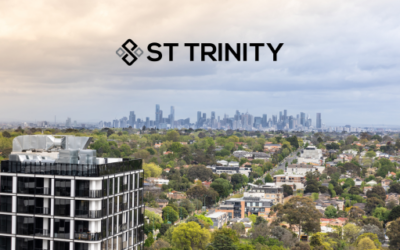Australia has long been known for its high cost of living, consistently ranking among the most expensive countries in the world. Recent reports by Forbes highlight significant rises in living costs in Australian cities compared to global counterparts.
Table of Contents
High Cost of Living
Sydney is one of Australia’s priciest cities, with residents needing an average monthly salary of $5,809.68 to maintain their lifestyles. In Melbourne, the cost of living for a family of four averages $6,200 per month (excluding rent), while a single person faces costs of $1,746 per month (excluding rent). These figures underscore the financial pressures faced by residents in these populous cities.
Key factors contributing to the high cost of living include:
- Housing Prices: Steep increases driven by limited supply and high demand.
- Utilities: Rising costs of essential services.
- Transportation and Entertainment: Significant price hikes in recent years

Housing Affordability Challenges
Affordability issues, particularly in Sydney and Melbourne, further add to the cost of living crisis. Rapid population growth, limited housing supply, and sustained demand fuelled by both domestic migration and international investment feed into the increased demand for housing.
As the demand exceeds the housing supply, housing prices are increasing. However, the pace of price increases is expected to slow in winter due to interest rate uncertainties. Rising interest rates elevate borrowing costs and decrease borrowing capacity, leading to reduced buyer demand and stabilising home prices.
Despite fluctuating interest rates, there are positive signs in the Australian property market. New opportunities are emerging for prospective buyers, and the government is introducing incentives and policy adjustments to ease financial burdens associated with home purchases.
Recent Market Trends
In the past quarter, home prices grew more slowly across all capitals. Notable growth in June included:
- Perth: +0.65%
- Brisbane: +0.50%
- Adelaide: +0.45%
Conversely, some cities saw declines:
- Melbourne: -0.43%
- Hobart: -0.21%
- Darwin: -0.11%
- Canberra: -0.05%
Despite the slowdown, capital city prices have risen more than those in regional areas over the past year.
Economic Implications
Australia’s high cost of living affects residents’ financial well-being and economic competitiveness. Financial barriers in cities like Sydney and Melbourne can deter global talent and businesses, affecting investment and residency decisions.
Strategic initiatives to improve housing affordability and foster regional development could help reshape Australia’s expense rankings and support long-term economic growth. Government policies focused on increasing housing supply, enhancing infrastructure, and promoting sustainable urban planning are essential for addressing these challenges and ensuring economic resilience.

Social and Cultural Dynamics
The cost of living in Australia shapes social and cultural dynamics, influencing migration patterns and exacerbating socio-economic disparities. Rising prices affect lifestyle choices, consumer spending, and overall well-being.
The impact of these dynamics is evident in the evolving demographics of Australian cities, where the rising cost of living contributes to demographic shifts and community dynamics.
Cities like Sydney and Melbourne, despite their economic vibrancy, face challenges in maintaining social inclusivity and affordability for all residents.
Community-driven initiatives and grassroots movements advocating for affordable housing and sustainable development have gained traction in response.
These efforts are crucial for building inclusive growth and providing equitable access to housing opportunities, aiming for a balanced property market across Australia’s diverse communities.

Future Prospects
Australia’s rise in global expense rankings reflects its dynamism and economic prosperity, but it also highlights substantial challenges for residents and policymakers. Economic forces, demographic shifts, and policy interventions will determine Australia’s future cost of living.
As the global landscape navigates economic uncertainties and social transformations, Australia’s response will define its attraction as a place to live, work, and invest.
Australia can position itself as a beacon of opportunity and resilience on the world stage by fostering innovation, promoting affordability, and prioritising sustainable development.
While the cost of living in Australia presents formidable challenges, it also represents opportunities for growth and transformation.
Addressing housing affordability, enhancing economic competitiveness, and nurturing inclusive communities will enable Australia to navigate towards a sustainable and prosperous future.




